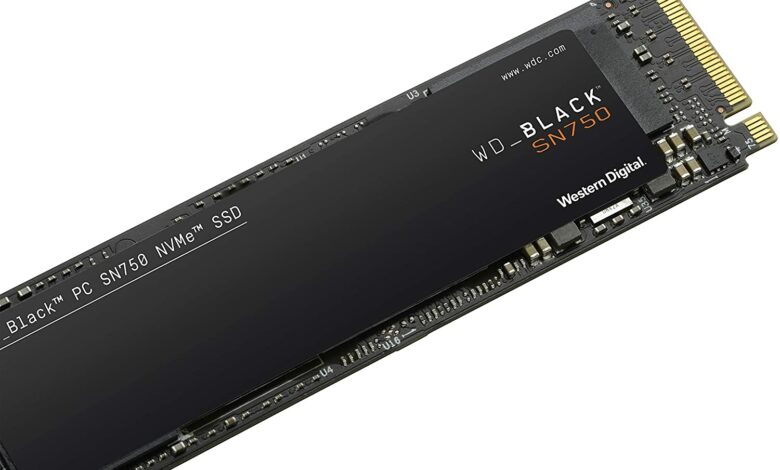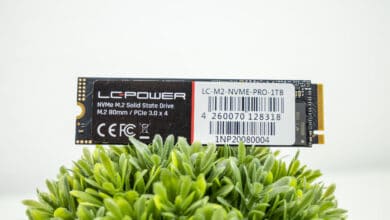
The promising cooperation between the storage experts from Western Digital (WD) and Kioxia is apparently bearing fruit. It has now become known that the sixth NAND flash generation has been created in the course of the cooperation. This small revolution not only opens the door for faster SSDs. On top of that, it lowers the manufacturing costs of the fast data carriers.
Lower production costs
Future SSDs from WD and Kioxia will probably rely on the new 162-layer technology. The series is said to go by the name BiCS and is expected to be used on upcoming drives. If you take a look at the number of storage layers, things have really changed. Thus, the previous chips of the BiCS 5 series offered far less with 112 layers. But the new generation not only uses 50 more memory layers. On top of that, the area required by the individual layers is supposed to be smaller. The two companies are talking about 40 percent less surface area. Since WD and Kioxia can thus accommodate more chips, the production costs of the SSDs should drop.
More performance than the predecessor
The two storage experts promise an extreme increase in performance with BiCS 6. Compared to the predecessor, the I/O performance is said to be 66 percent stronger. This will most likely also be accompanied by an increase in the clock rate. The former 1,200 megatransfers per second are supposed to increase to 1,600 in the new generation. The manufacturers rely on a similar design as in the BiCS 5 for the division of the upcoming flash memory. WD and Kioxia again divide the memory into four different areas. All areas can be addressed in parallel. Although this is a commonality between the two generations, an increase in program performance is probably supposed to take place. This is supposed to be 2.4 times stronger than before. The two memory experts promise a reduction of 10 percent in the read latency.
Other manufacturers had their noses in front
Although the new BiCS-6 generation sounds revolutionary, WD and Kioxia are by no means pioneers here. Other manufacturers already had their noses in front. Namely, these are Micron and SK Hynix. The two companies even announced NAND storage with a proud 176 memory layers. We will be able to check who will finally be ahead with their SSDs in the course of this year. The first models are expected to come onto the market in 2021. A big player for fast storage solutions is still missing in the list. Samsung has not yet commented on a new NAND generation. The Koreans still rely on chips with 128 memory layers for their top model.



